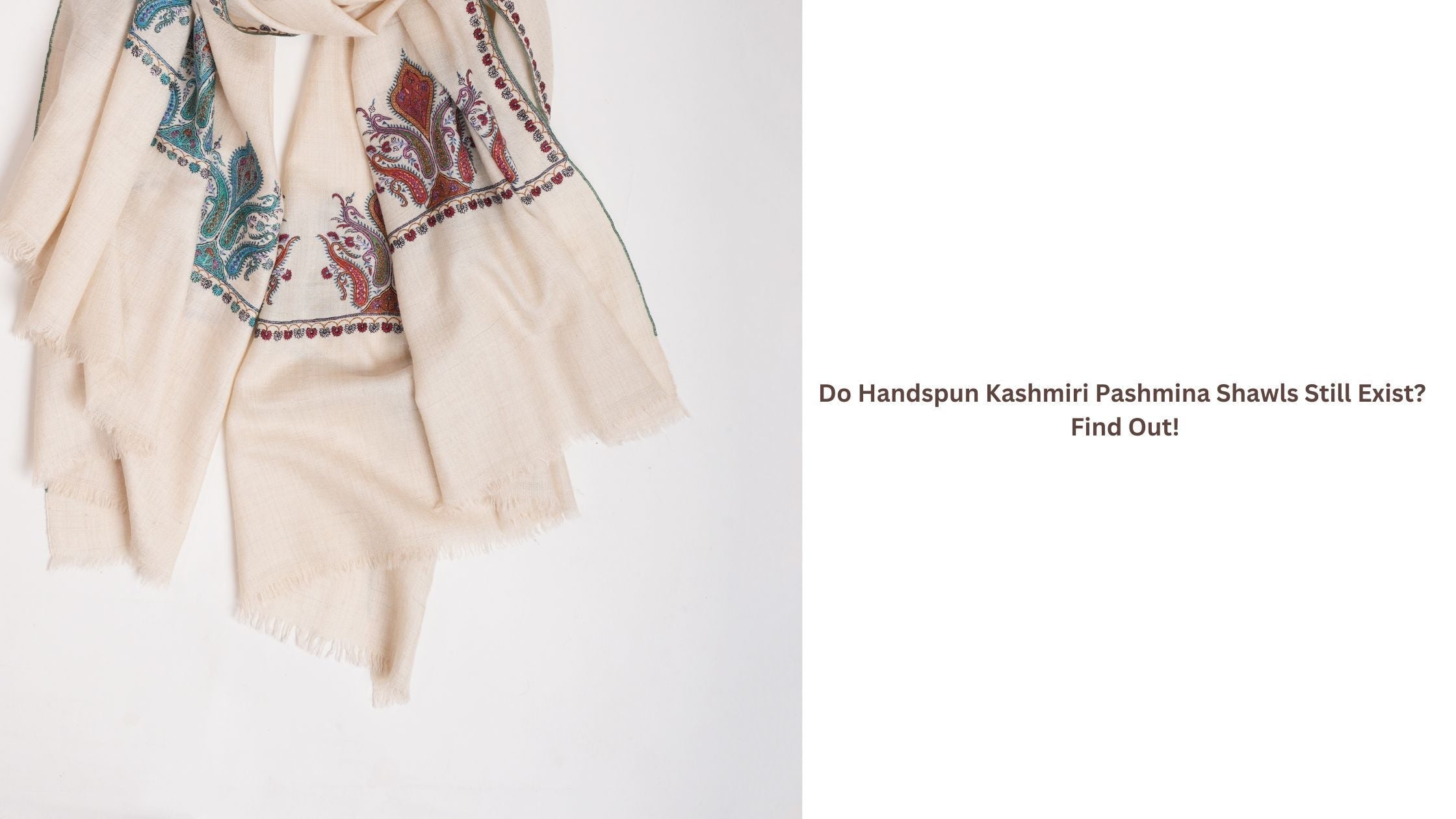
Do Handspun Kashmiri Pashmina Shawls Still Exist? What You Need to Know
Did you ever wonder whether handspun Kashmiri Pashmina shawls continue to exist at the current pace of the world? These decadent shawls are not only a mode of fashion—their rich heritage of tradition, craftsmanship, and community uplift is deeply embedded.
In this blog, we'll be leading you through the process of crafting these shawls, unlocking the secret of the quality threads spun by skilled women, and detailing why every shawl is a cherished investment. So, let's embark on this peculiar craft and have a look at it together!
How Handspun Pashmina Is Made
The magic starts with the Changthani goat, renowned for its fine and soft fibers. These fibers are meticulously gathered and then processed into luscious yarn by clever women artisans. The artisans use old wooden charkhas to hand-spin the fibers with special care, protecting each strand from any damage or breakage in its original state.
All craftspeople make approximately 50 grams of thread monthly—a definite testament to how devotion and time get incorporated into every item. At least five women's combined handwork goes into making one beauty of a shawl, as each contributes their skill to the final work.
Can Women Spin Finer Pashmina, or Do Machines Have the Edge?
You may believe that machines, with their accuracy, are the only ones who can twist ultra-fine yarn. But in the centre of Kashmir, talented women artisans daily defy that belief. They are able to twist finer Pashmina counts while not losing the fibre quality. As a matter of fact, this extraordinary skill is so uncommon that only one in ten women owns it.
The quality of the extremely thin threads they create, sometimes spanning months or a year, gives handspun pashmina shawls a unique superiority over machine-made ones. It is indeed the result of their devotion and of the well-rooted tradition of high standards of workmanship.
Why Are Handspun Pashmina Shawls Expensive?
Every handspun pashmina shawl is a work of love, and that love does not come cheap. It starts with a two-month spinning process, followed by 12 days of careful hand-weaving. Not all weavers can weave these complex patterns—it requires years of experience and great patience. There is no machine intervention; human hands do each detail. This meticulous process not only creates a stunning shawl but also earns money for over 15 families.
When you purchase one of these shawls, you are directly helping these families and keeping ancient art alive. Additionally, in contrast to many other fashion products, these shawls tend to increase in value over time, making them a smart investment—a treasure that becomes more valuable, much like gold.
Unique Qualities of a Handspun Pashmina Shawl
Each handspun pashmina shawl has its own story to tell. Since many artists collaborate on spinning and weaving, no two pieces can ever be the same. You will see a little bit of irregularity in the texture and pattern, and that is precisely what makes each piece so unique.
These natural imperfections accentuate the human element of the craft and provide the shawl with the luxury texture that mass-produced materials can never replicate. The fact that it is made on a handloom makes it even more textured, giving a product of art as unique as the wearer.
Impact on Women Artisans
Purchasing a handspun pashmina shawl is not merely a fashion choice but an act of solidarity with a community of skilled women artisans. Each purchase goes towards ensuring that more than 15 families receive a steady income.
These artisans are the mainstay of this ancient craft, and your purchase enables them to carry on working while retaining their cultural heritage. By purchasing a handcrafted shawl, you support the independence and financial well-being of these artists. It's a lovely way to pay respect to heritage and have a beneficial influence on communities and lives.
Where to Buy Handspun Pashmina
If you wish to be the owner of a part of this rich history, handspun pashmina shawls can be found in carefully curated boutiques and reputable online stores specializing in ethical and sustainable craftsmanship. These websites guarantee that all of your purchases reach directly to benefit the artisans and their communities. Always seek sources that are open about their practices and dedicated to the preservation of this age-old art form.
Conclusion
In the contemporary world, the craft of handspun Kashmiri Pashmina shawls is a testament to human resilience, tradition, and creativity. From the painstaking hand-spinning of threads to the detailed hand-weaving process, each shawl is a combination of patience, skill, and heart.
When you enwrap yourself in a handspun pashmina shawl, you're not only draping yourself in luxury. You're embracing a heritage that empowers women artisans and keeps a centuries-old craft alive. When you search next for an extraordinary and thoughtful investment, try a handspun pashmina shawl—a treasure that develops in elegance and worth over the years. Hold on to this heritage.





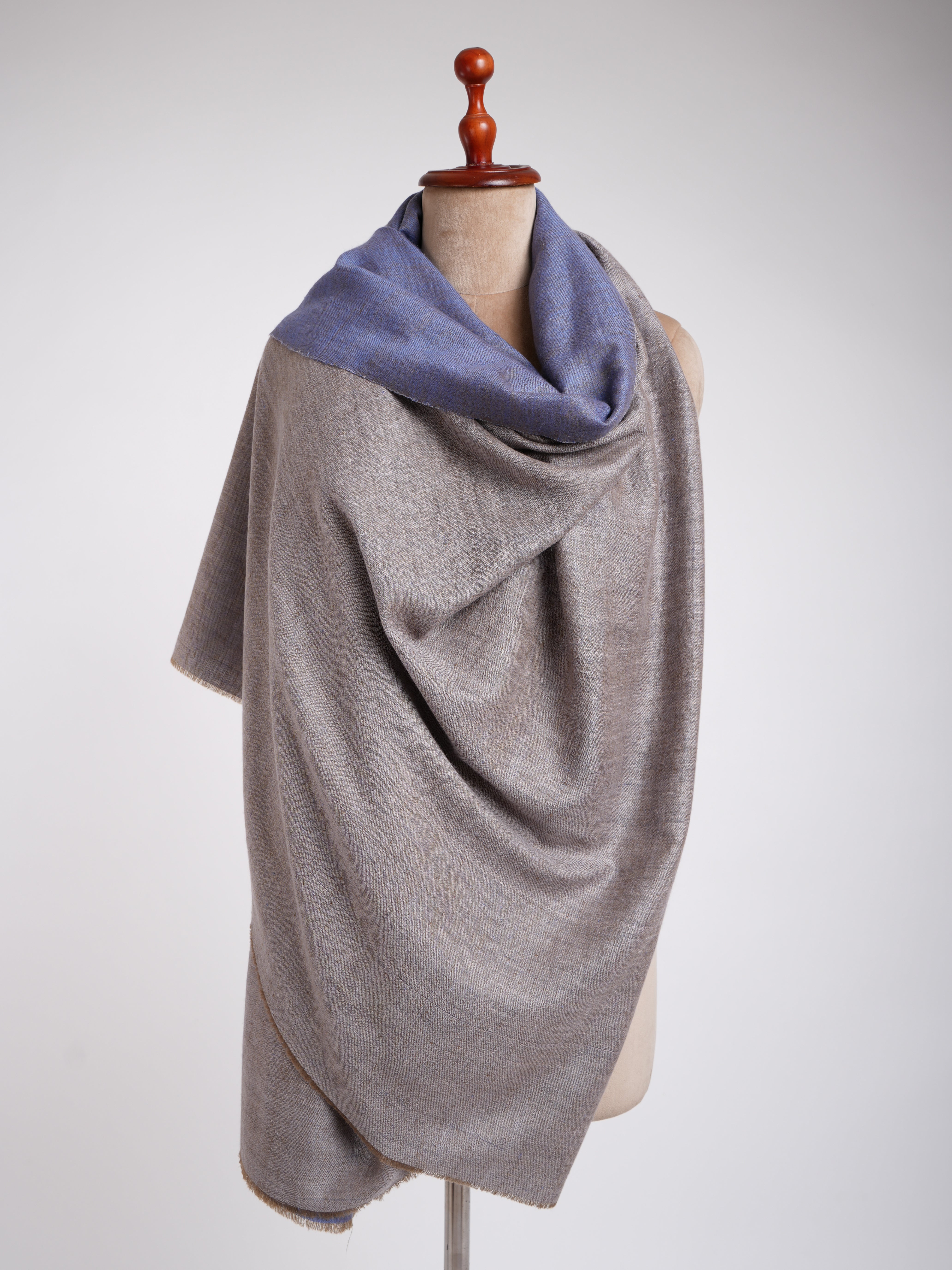
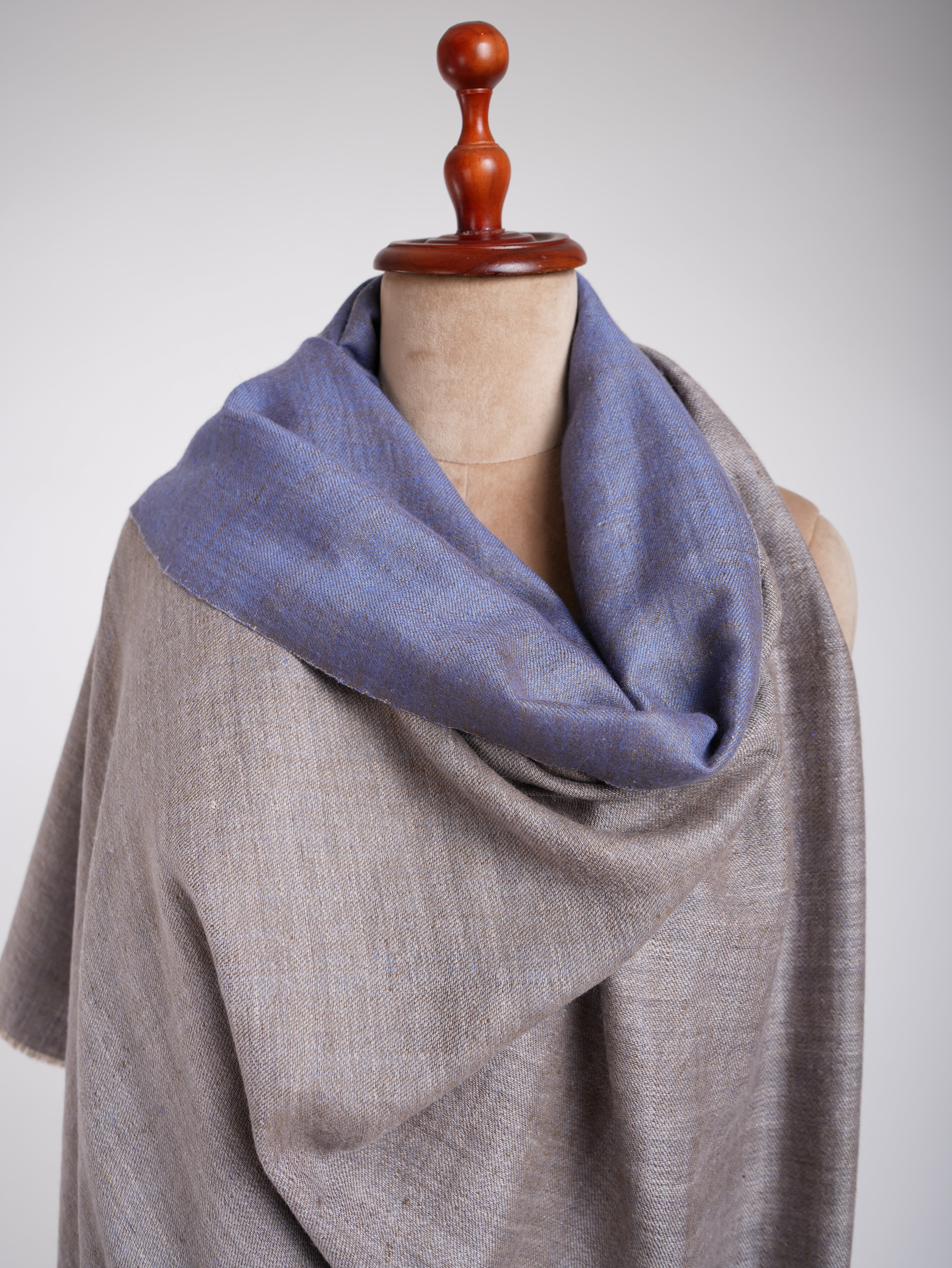


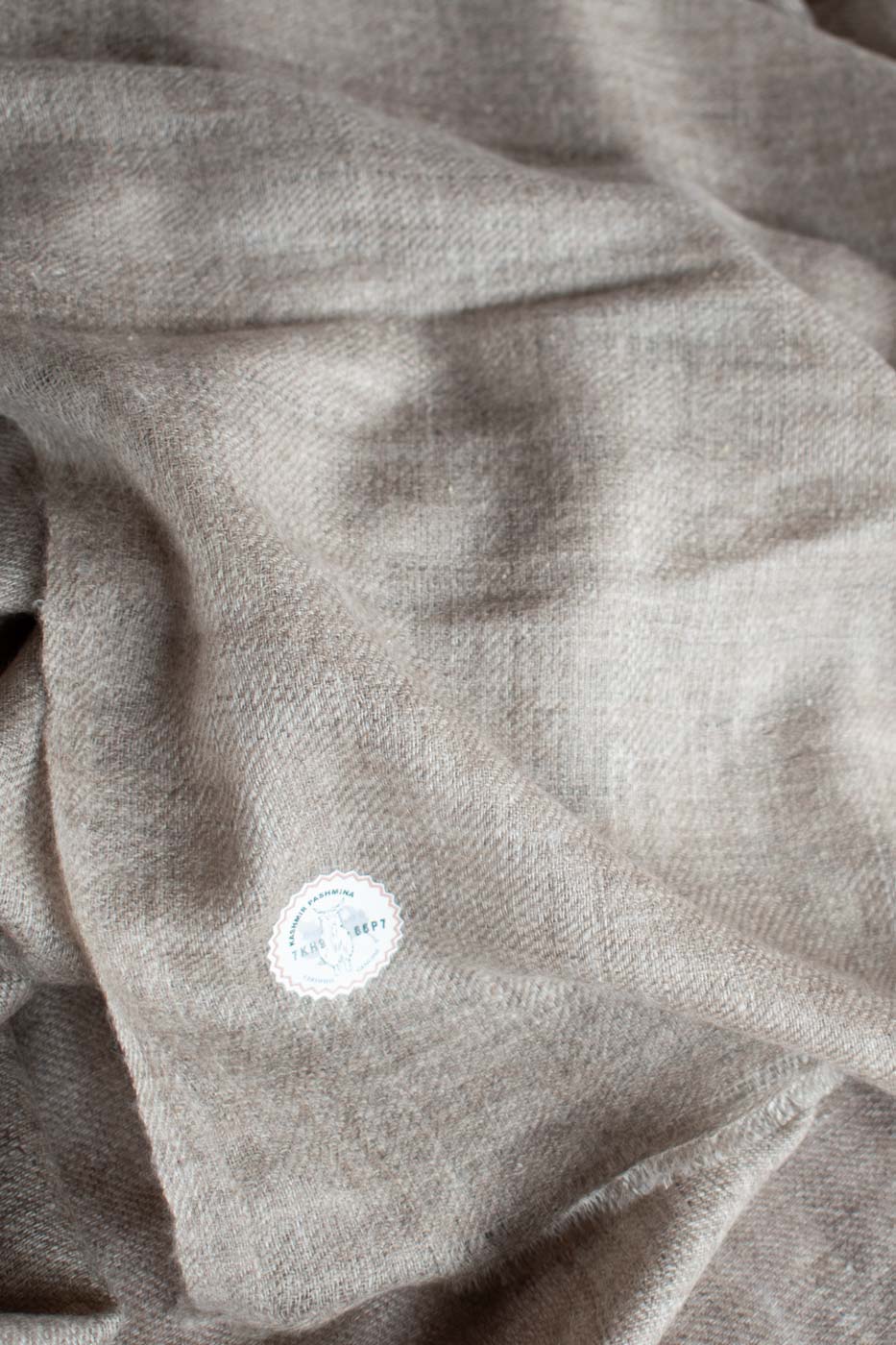
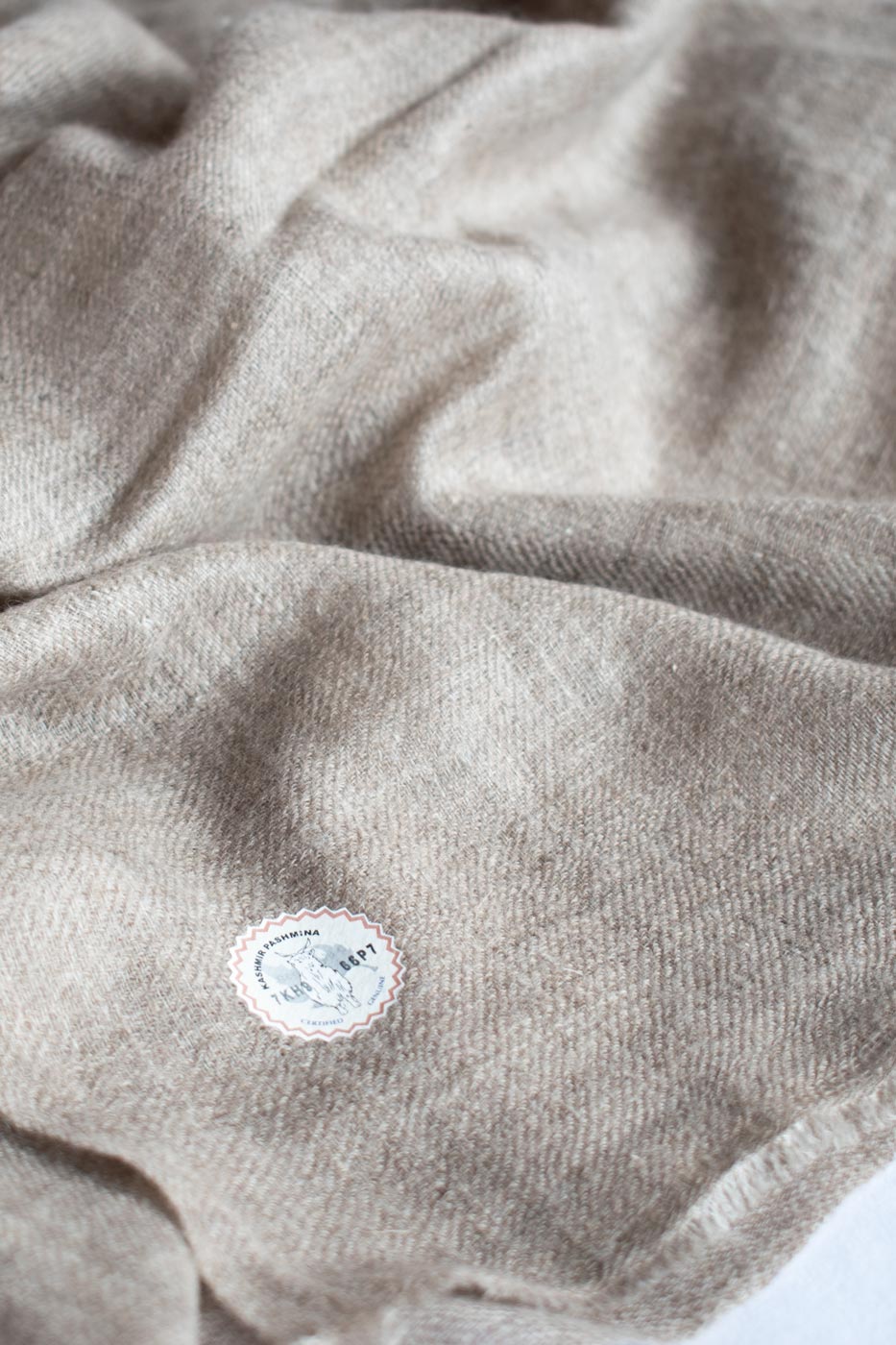


Leave a comment
This site is protected by hCaptcha and the hCaptcha Privacy Policy and Terms of Service apply.